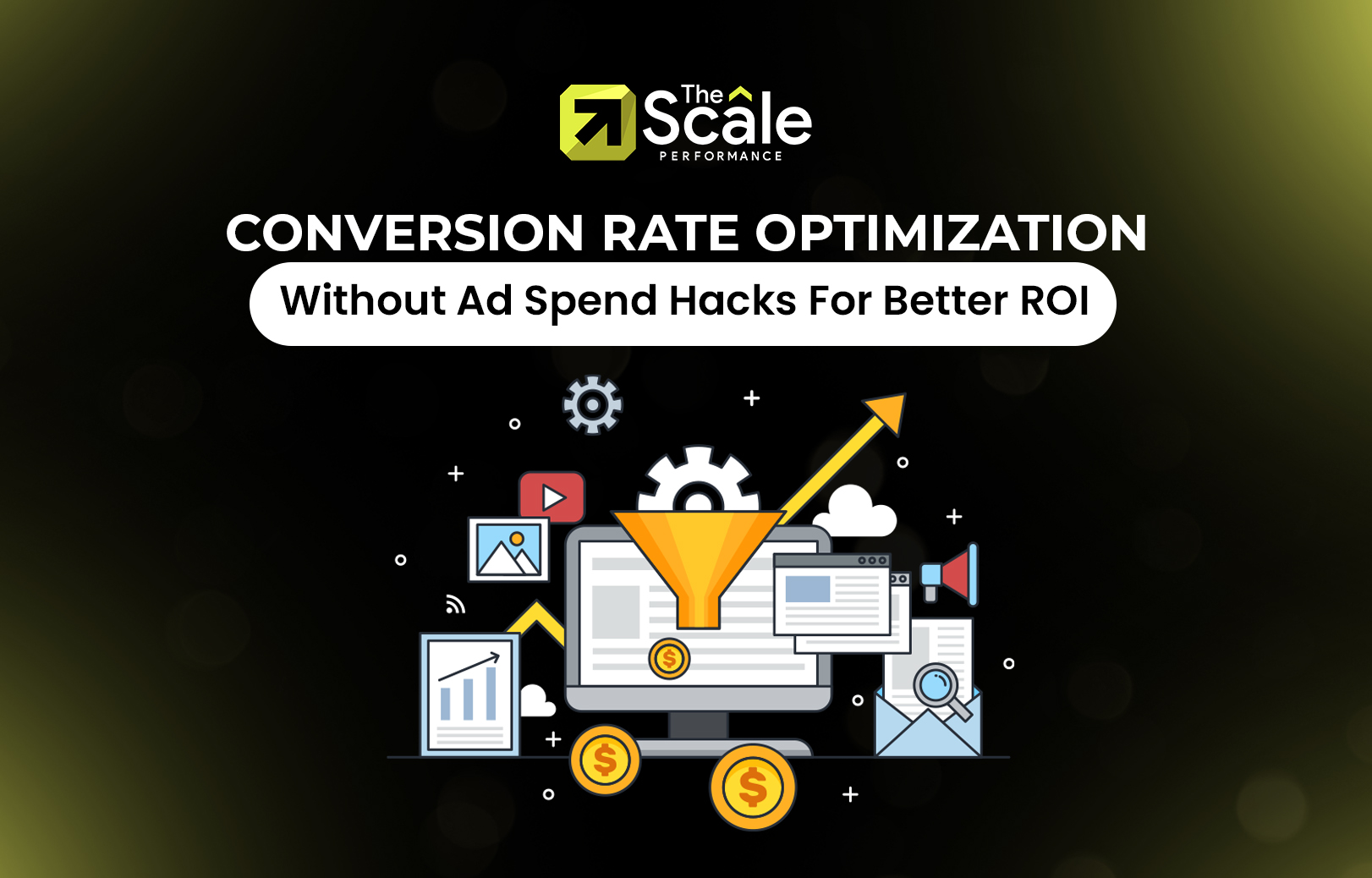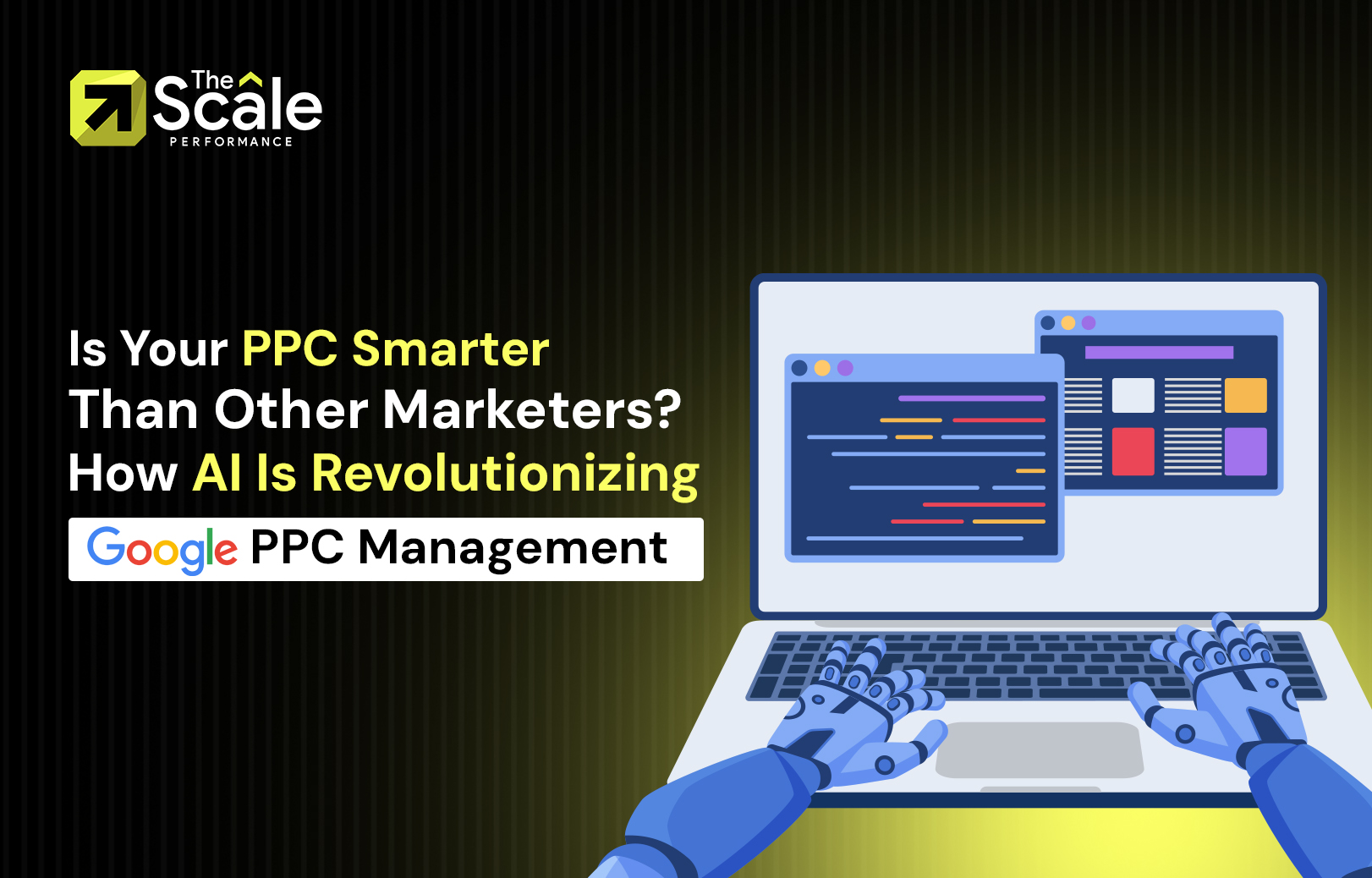Conversion Rate Optimization Without Ad Spend: Hacks For Better ROI

Strong 8k brings an ultra-HD IPTV experience to your living room and your pocket.
People treat conversion rate optimization like an extra add-on. They only think about it after spending all their money on ads and wondering why they’re not getting anything back.
You don't have to be one of them.
Most marketers focus too much on getting more traffic, more clicks, more views, more people. But if visitors come to your site and leave right away, the problem isn’t how many people see it. It’s how many take action. The truth is, you don’t need more traffic.
You need to convert the traffic you already have. And no, that doesn’t require more spending.
Here’s what you’ll take away:
What conversion rate optimization actually means (beyond buzzwords)
The silent mistakes that kill conversions and cost you money
Zero-ad-spend strategies to increase ROI fast
How to think like a conversion rate optimization agency without hiring one
Real, practical ideas to implement starting today
Let’s unpack the what, why, and how of improving conversions without blowing your budget.
Understanding Conversion Rate Optimization: Not Just Tweaks, But Transformation
Conversion rate optimization (CRO) is all about getting more people on your site to do what you want, like buying something, signing up, or filling out a form. The goal is to increase these actions without needing more visitors. It's not just about changing button colors or testing headlines, though those things help. It's really about:
Understanding user behavior
Reducing friction across touchpoints
Making navigation intuitive
Aligning content with user intent
Building trust through clarity and usability
A simple change in form structure or page layout could boost conversions more than a $10,000 ad campaign. That’s the real power of CRO.
Why You Can’t Rely On Paid Ads Alone
Every paid ad is like renting clicks, when you stop paying, the traffic stops. CRO is about making each click count over the long run. It helps turn both paid and organic clicks into something more valuable. But many brands keep chasing views instead of fixing the holes where they lose customers.
Here’s what happens when you focus only on ads:
High bounce rates
Low return on ad spend (ROAS)
Frustrated visitors who never come back
And here’s what happens when you focus on conversion rate optimization:
More customers from the same traffic
Improved ROI across all channels
Better user experience and trust
You choose which version of that story you want.
Start With The Message: Clarity Beats Creativity
Most websites suffer from extra-clever messaging that confuses more than it converts. If a visitor lands on your site and has to guess what you do or who it's for, they’ll leave.
Instead, every page should answer three questions immediately:
What is this?
Is it for me?
What should I do next?
Here’s how you clean it up:
Use straightforward headlines. Skip buzzwords. “The #1 B2B SaaS Lifecycle Platform” means nothing to a new visitor.
Sub headlines should support the headline, not dilute it.
Keep one clear CTA visible without scrolling.
This isn’t just about writing good words. It’s a key part of conversion rate optimization. The quicker people understand what you offer, the more likely they are to take action.
Homepage Psychology: Design For Intention, Not Attention
Most homepages look like digital museums, beautiful, full of exhibits, and completely overwhelming. But visitors don’t scroll to admire. They scroll with intent. Your job is to help them achieve that goal quickly.
Look at your homepage and ask:
What’s the primary action we want users to take?
Is that action immediately visible and understandable?
Is anything on the page distracting them from it?
You’re not trying to impress. You’re trying to guide. And when users feel guided, they convert. This is exactly how a conversion rate optimization agency audits your site, they don’t start with heatmaps. They start with clarity.
Fixing Forms: The Gatekeepers Of Conversion
Forms turn interest into action. But if they’re too long, they can push people away. Ask yourself, do you really need 7 questions just to sign someone up for a newsletter?
Probably not.
Here’s what a good form looks like:
Minimal fields: Name and email is often enough
Labels above fields for easier reading
Descriptive CTAs: “Get My Free Guide” beats “Submit”
No mandatory phone number unless it’s absolutely necessary
Try using progressive disclosure. Start with the easy questions first. Once people trust you, then ask for more. Many conversion experts begin by fixing forms. Why? Because it’s often the easiest change that makes the biggest difference.
Build Trust Early: Microcopy And UX Details Matter
A visitor deciding whether to buy from you notices everything, especially the small stuff. Broken links, vague button labels, or unclear shipping info? Instant trust-breakers.
CRO involves:
Microcopy: Clear, helpful explanations near buttons and forms
Trust signals: SSL badges, customer logos, testimonials
Visual hierarchy: Making sure CTAs stand out, not blend in
Consistent tone: Pages shouldn’t sound like five different writers had a go at them
You’re building comfort. Visitors don’t convert when they’re skeptical. Make every word and element work to earn trust.
The CRO Power Of Social Proof: Used Strategically, Not Just Decoratively
Saying your product works is one thing. Showing that hundreds of people already trust it is much stronger. Social proof helps people feel confident, especially when it’s placed near buttons or important steps.
Use it where it matters most:
Beside pricing pages
Next to CTAs
In product pages or checkout
Near forms or downloads
Don’t overdo it. Just enough to nudge the hesitant buyer. This tactic is central in any conversion rate optimisation services playbook. It’s cheap, fast to implement, and persuasive.
Why Page Speed Is A Conversion Multiplier
If your page takes five seconds to load, you’ve already lost half your audience. CRO and site speed go hand in hand. A delay of just one second can reduce conversions by 7%.
Here’s how to speed things up:
Compress large images without losing quality
Remove unused plugins or scripts
Use lazy loading for below-the-fold content
Switch to a fast, reliable hosting provider
You don’t need to spend money to get started. Free tools like PageSpeed Insights or GTMetrix can show you what’s slowing your site down. Just speeding things up can boost conversions right away, no extra traffic needed.
Mobile CRO: More Than Just A Shrunk Desktop Version
Mobile traffic often surpasses desktop traffic, yet many websites treat it like a second-class experience. Here’s what mobile-first CRO looks like:
Sticky, thumb-friendly CTAs
Readable fonts without zooming
Fast-loading, lightweight elements
No popups that cover the whole screen
People won’t take action if your site is hard to use on their phone. CRO is about experience. And mobile experience needs to be intuitive, fast, and easy to act on. Conversion optimization services typically prioritize mobile before anything else. You should too.
Content That Converts: Say Less, Mean More
Copywriting is often the hidden hero of CRO. Not in the form of wordy paragraphs, but concise, benefit-driven messaging. When users land on your site, they’re scanning. Help them.
Tips:
Focus on benefits, not features
Use short sentences and line breaks
Avoid technical jargon unless your audience expects it
Use subheadings to guide the eye
A landing page isn’t meant to be long. It’s a quick message. If you clearly tell people what they’ll get and why it’s good, you’re halfway there.
Test It Before You Implement It
You can’t improve what you don’t measure. Testing allows you to move from “we think this works” to “we know this works.” And it doesn’t have to be expensive or complicated.
Start simple:
A/B test your headline
Try different CTA wordings
Test long-form vs. short-form copy
Change image placement or type
Keep one variable per test. Give it time to gather real data. This test-and-learn cycle is what separates guesswork from strategy. A solid conversion rate optimization agency lives by this process. You can too, with just a bit of discipline and curiosity.
Think Like A Conversion Rate Optimization Agency Without Hiring One
You don’t need a bigger budget, you need a better funnel! You may not have an agency on speed dial. That’s okay. What matters is mindset. Here’s how to adopt one:
Treat every page like it has one job
Look at heatmaps and session recordings regularly
Prioritize user intent over creative flair
Focus on what the visitor needs, not what you want to say
An agency approach means systems, observations, and iteration. Not one-off fixes. You’re not decorating a website. You’re optimizing a sales tool.
Key Takeaways To Boost ROI Without Buying Ads
Let’s bring it home. CRO doesn’t need to be expensive. In fact, the best wins often come from the smallest changes.
What you should remember:
Conversion rate optimization increases ROI without needing more traffic
Clarity, trust, and usability drive conversions
Strong CTAs, smart forms, and mobile UX make a big difference
Social proof and page speed are underrated CRO power plays
Testing transforms assumptions into proof
You don’t need to invest in expensive conversion rate optimisation services to start. You just need to start.
Note: IndiBlogHub features both user-submitted and editorial content. We do not verify third-party contributions. Read our Disclaimer and Privacy Policyfor details.







